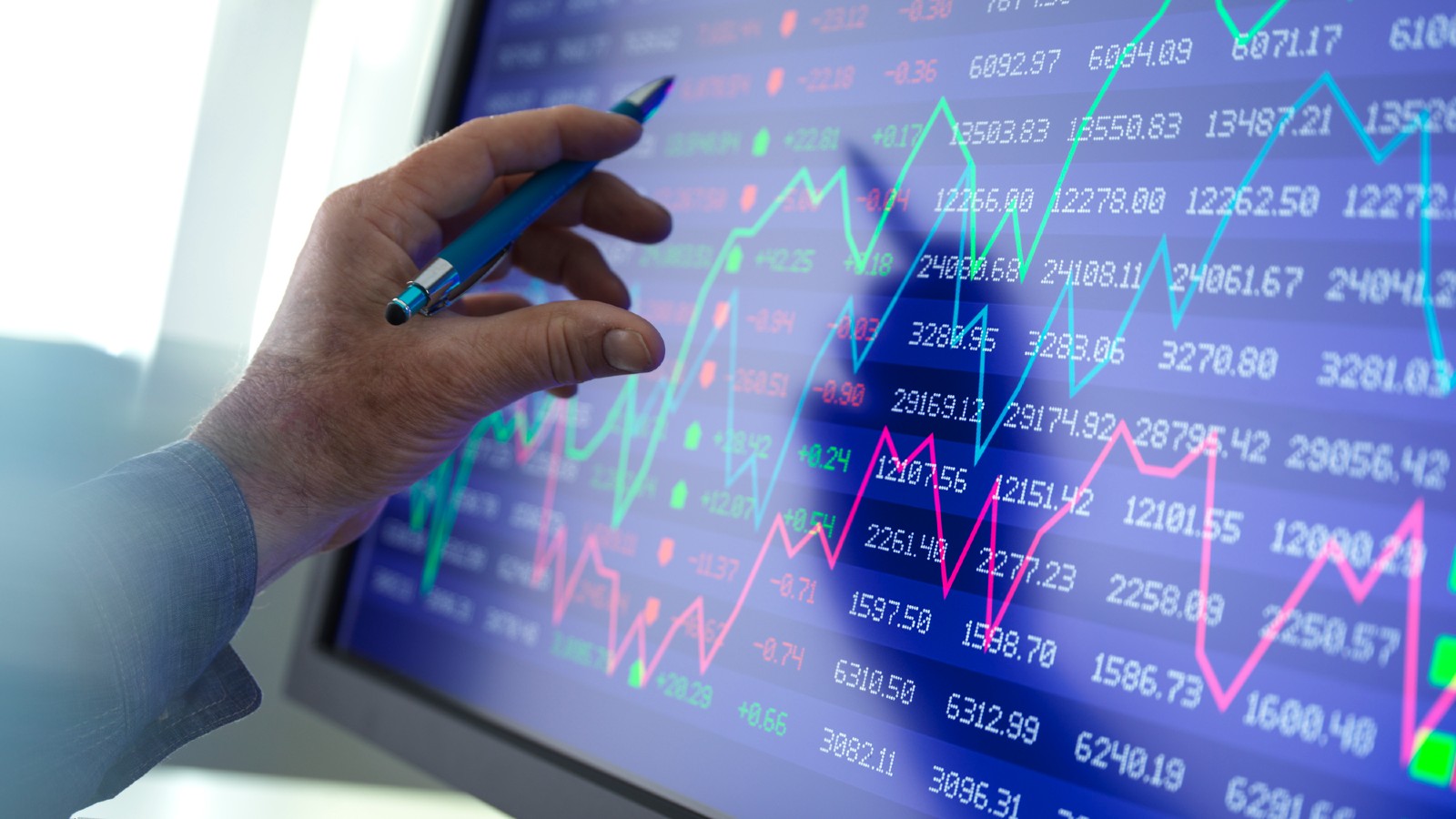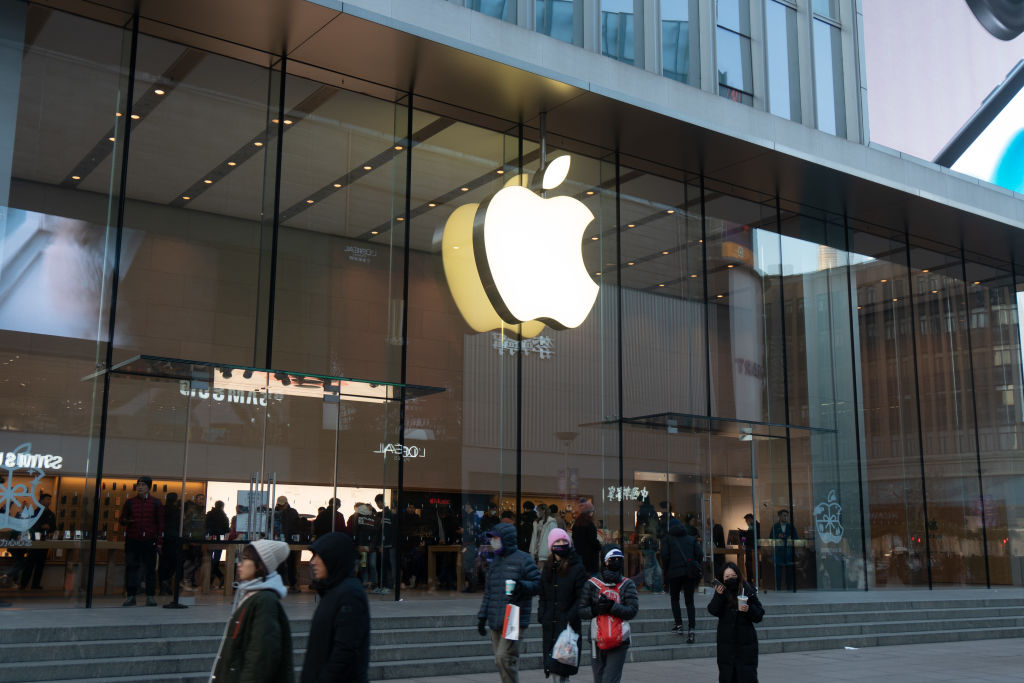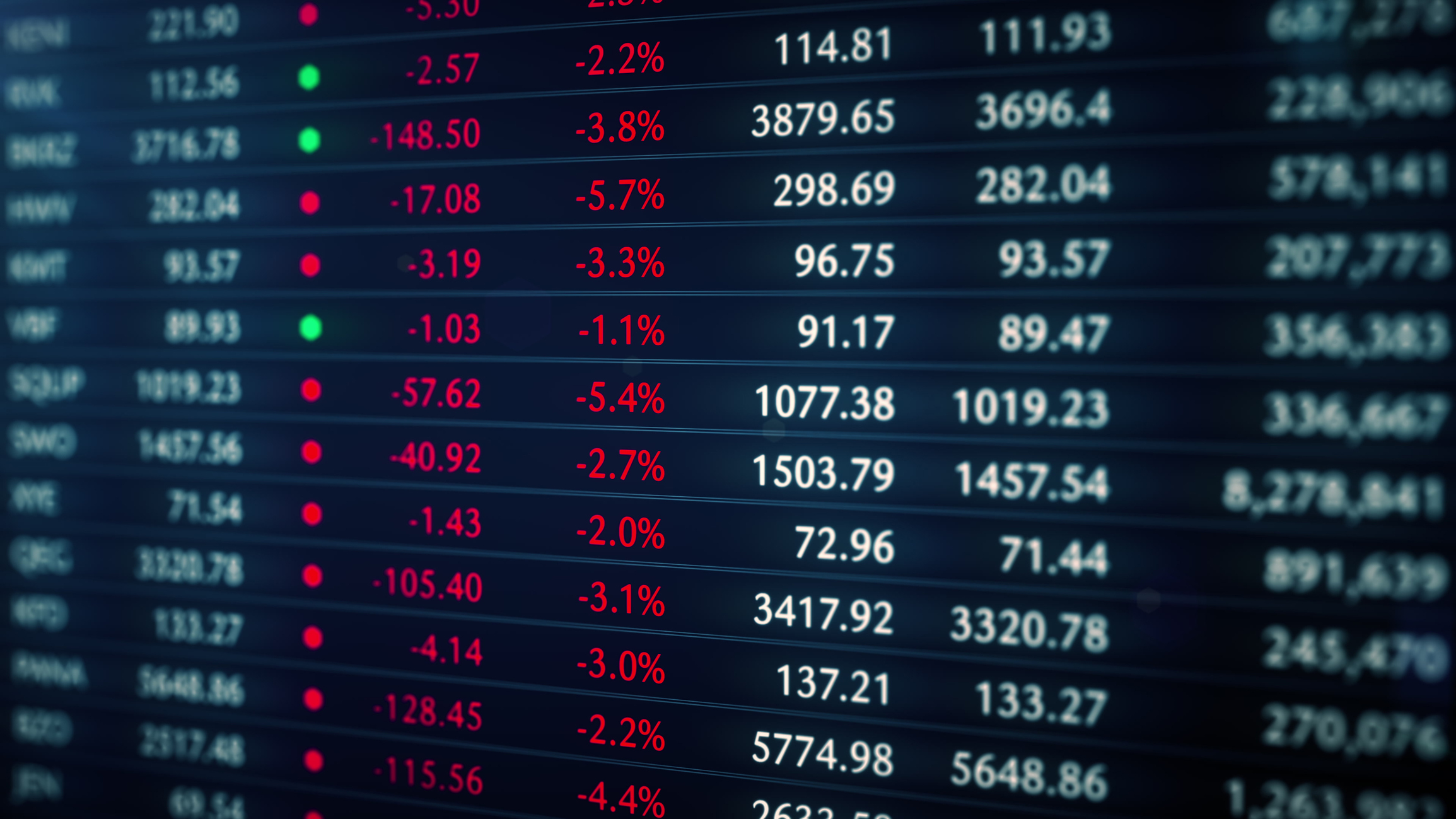Stock Market Today: Stocks Close Mixed as Central Banks Raise Rates
Two of the three major benchmarks notched gains Thursday despite hawkish commentary at home and rate hikes abroad.


Stocks closed mixed after a second day of hawkish testimony before Congress by Federal Reserve Chair Jerome Powell and a series of rate hikes by global central banks. Economic data also pressured equities for much of the trading day.
Powell wrapped up his two-day semi-annual report to Congress by reiterating the Fed's view that interest rates will need to rise further in order to bring inflation under control.
In an appearance before the U.S. Senate Banking Committee, the Fed chief repeated that a "strong majority" of the central bank's rate-setting committee, the Federal Open Market Committee (FOMC), believe two more quarter-point rate hikes will be required before the end of the year.

Sign up for Kiplinger’s Free E-Newsletters
Profit and prosper with the best of expert advice on investing, taxes, retirement, personal finance and more - straight to your e-mail.
Profit and prosper with the best of expert advice - straight to your e-mail.
The Fed kept the short-term federal funds rate unchanged at a target range of 5.0% to 5.25% when it last convened in June, but Powell has said the FOMC has "a long way to go" to get back to its 2% inflation target.
While Powell was talking about policy tightening, other nations' central banks had already gone through with such moves. The Bank of England, the Swiss National Bank and Norway's central bank all raised their benchmark interest rates Thursday.
Stocks have rallied in no small part this year in anticipation of looser monetary policy. However, those hopes may prove to be a bit premature, strategists note.
"The global growth outlook is deteriorating quickly as major central banks are delivering more rate hikes and signaling that more tightening is coming," said Edward Moya, senior market analyst with OANDA, in a note to clients on Thursday. "Aggressive tightening from here on out will torpedo the economy."
In other economic news, the number of Americans applying for first-time unemployment claims held steady week-to-week, but remained at a level not seen since late 2021. We also learned Thursday that although sales of existing homes in the U.S. rose slightly last month, the median price of an existing home fell 3.1% – the largest drop since late 2011.
In single-stock news, Boeing (BA, -3.0%), one of the 30 Dow stocks, paced the industrial average's decline after workers at a key supplier voted to go on strike.
However, continued strength in mega-cap technology and communications services stocks helped buoy the indexes towards the latter part of Thursday's session. The market's biggest stocks – Apple (AAPL), Microsoft (MSFT) and Amazon.com (AMZN), which is technically a consumer discretionary stock – all closed higher by 1.7% to 4.3%.
At the closing bell, the blue-chip Dow Jones Industrial Average was off by less than a tenth of a percent at 33,946. Happily, the other two market benchmarks snapped three-day losing streaks. The broader S&P 500 added 0.4% to 4,381, while the tech-heavy Nasdaq Composite rose almost 1% to end at 13,630.
How to invest for the second half of 2023
The market is off to a terrific first half of 2023, but the momentum that put it within striking distance of a new bull market might be starting to wane.
For one thing, it looks like investors will have to wait a little longer for the end of the most aggressive campaign of interest rate hikes in four decades. It's also unclear how much upside is left in the mega-cap tech rally. Although the promise of generative artificial intelligence (AI) has added hundreds of billions of dollars to the collective market values of the S&P 500's biggest stocks, we're still waiting for much of the rest of the market to catch up.
Put it all together, and the second-half outlook for stocks has grown increasingly opaque. Be that as it may, the market is never a monolith. There will be plenty of individual winners and losers even if the S&P 500 flatlines over the course of the second half. Given the current environment, investors would do well to heed Kiplinger's strategies for investing in a directionless market.
Related Content
Get Kiplinger Today newsletter — free
Profit and prosper with the best of Kiplinger's advice on investing, taxes, retirement, personal finance and much more. Delivered daily. Enter your email in the box and click Sign Me Up.

Dan Burrows is Kiplinger's senior investing writer, having joined the august publication full time in 2016.
A long-time financial journalist, Dan is a veteran of MarketWatch, CBS MoneyWatch, SmartMoney, InvestorPlace, DailyFinance and other tier 1 national publications. He has written for The Wall Street Journal, Bloomberg and Consumer Reports and his stories have appeared in the New York Daily News, the San Jose Mercury News and Investor's Business Daily, among many other outlets. As a senior writer at AOL's DailyFinance, Dan reported market news from the floor of the New York Stock Exchange.
Once upon a time – before his days as a financial reporter and assistant financial editor at legendary fashion trade paper Women's Wear Daily – Dan worked for Spy magazine, scribbled away at Time Inc. and contributed to Maxim magazine back when lad mags were a thing. He's also written for Esquire magazine's Dubious Achievements Awards.
In his current role at Kiplinger, Dan writes about markets and macroeconomics.
Dan holds a bachelor's degree from Oberlin College and a master's degree from Columbia University.
Disclosure: Dan does not trade individual stocks or securities. He is eternally long the U.S equity market, primarily through tax-advantaged accounts.
-
 The AI Doctor Coming to Read Your Test Results
The AI Doctor Coming to Read Your Test ResultsThe Kiplinger Letter There’s big opportunity for AI tools that analyze CAT scans, MRIs and other medical images. But there are also big challenges that human clinicians and tech companies will have to overcome.
By John Miley Published
-
 The Best Places for LGBTQ People to Retire Abroad
The Best Places for LGBTQ People to Retire AbroadLGBTQ people can safely retire abroad, but they must know a country’s laws and level of support — going beyond the usual retirement considerations.
By Drew Limsky Published
-
 Stock Market Today: Dow Drops Another 2,231 Points to Hit a Correction
Stock Market Today: Dow Drops Another 2,231 Points to Hit a CorrectionThe Nasdaq Composite, meanwhile, entered a new bear market with its latest slide.
By Karee Venema Published
-
 Stock Market Today: Dow Dives 1,679 Points on Trump Tariff Shock
Stock Market Today: Dow Dives 1,679 Points on Trump Tariff ShockU.S. stocks lost roughly $3.1 trillion in market cap on Thursday – the biggest one-day decline since the start of the COVID-19 pandemic in March 2020.
By Karee Venema Published
-
 Wall Street Is Worried About Apple Stock. Should You Be Too?
Wall Street Is Worried About Apple Stock. Should You Be Too?Analysts expect Trump's sweeping tariffs to have an outsized impact on Apple stock. How concerned should investors be?
By Karee Venema Last updated
-
 The Stock Market Is Selling Off. Here's What Investors Should Do
The Stock Market Is Selling Off. Here's What Investors Should DoInvestors started fleeing the equities market en masse in response to the Trump administration's "jaw-dropping" tariffs. But the experts say don't panic.
By Karee Venema Last updated
-
 Stock Market Today: It's the Old Up-Down Again on Liberation Day
Stock Market Today: It's the Old Up-Down Again on Liberation DayMarkets look forward to what comes with the reordering of 80-year-old global trade relationships.
By David Dittman Published
-
 Stock Market Today: Dow Rises 854 Points From Its Intraday Low
Stock Market Today: Dow Rises 854 Points From Its Intraday LowIf there's one thing markets hate, it's uncertainty. But uncertainty is all they're getting these days.
By David Dittman Published
-
 Microsoft Stock: Innovation Spurs Its 100,000% Return
Microsoft Stock: Innovation Spurs Its 100,000% ReturnMicrosoft's ability to recognize the "next big thing" has allowed sales – and its share price – to grow exponentially over the years.
By Louis Navellier Published
-
 Stock Market Today: Auto Tariffs Send Stocks Lower
Stock Market Today: Auto Tariffs Send Stocks LowerThe main indexes snapped their win streaks after the White House confirmed President Trump will talk about auto tariffs after the close.
By Karee Venema Published